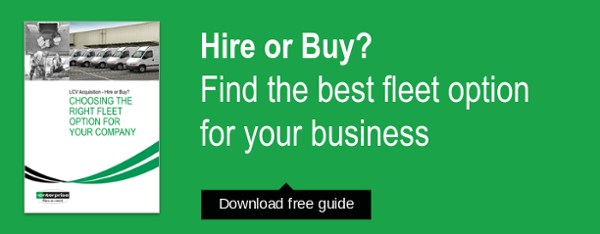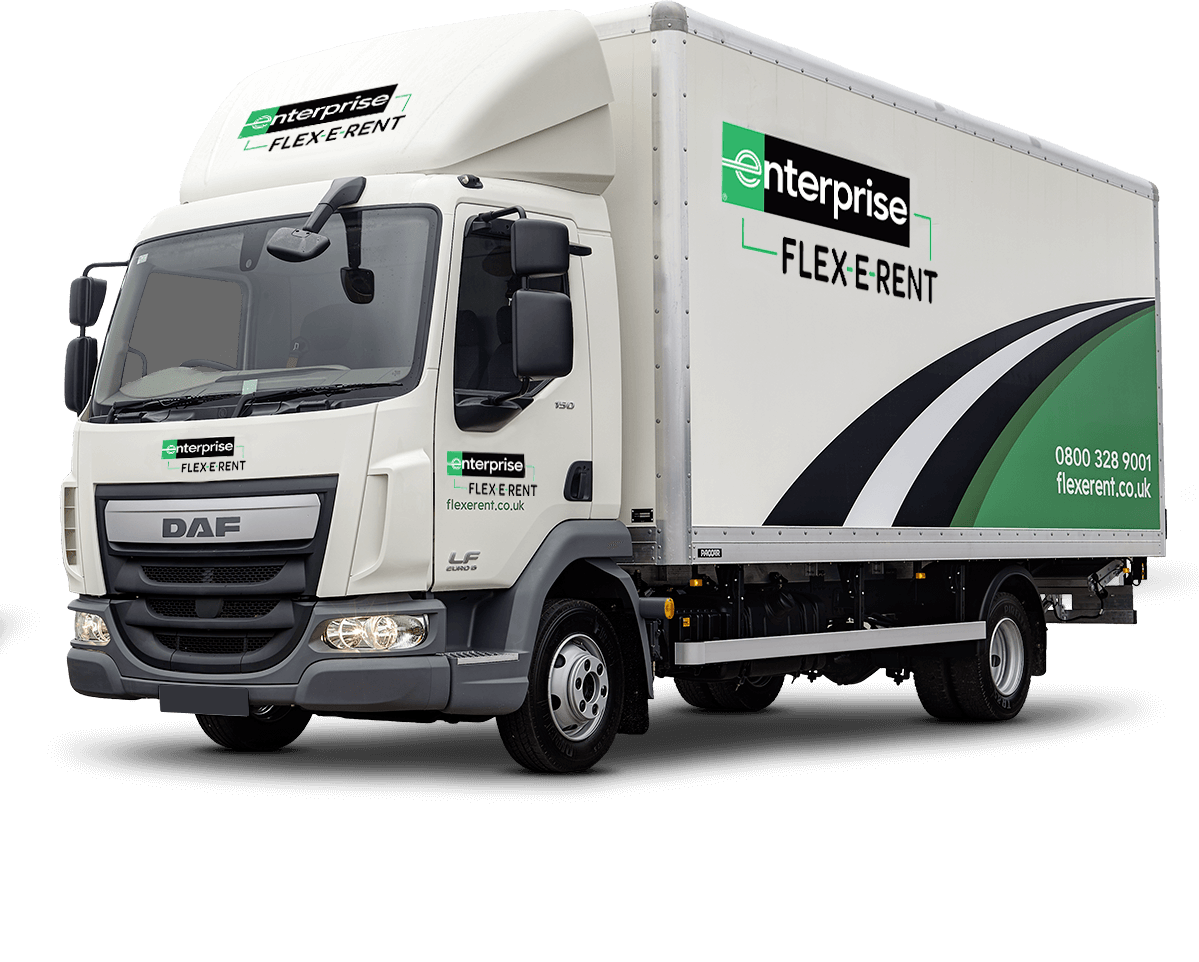Effective fleet management can help bring a number of reductions to your overall operating costs, and in some cases, it can even increase opportunities within your business. However, many SMEs may believe that implement anything worthwhile in their logistics operations will cost considerably more than they can afford.
Fortunately, that’s not the case. Here are four steps you can follow to improve your fleet operations that will bring big rewards for little upfront investment.
1. Telematics with fleet management features
The rise of the Software-as-a-Service model means that SMEs can now significantly improve their fleet optimisation and safety for minimal up-front cost. Telematics systems used to be limited to route planning, but now they pack in a host of other features more commonly associated with fleet management systems such as:
- Maintenance scheduling
- Live updates of your drivers’ whereabouts
- Integration with packing and deliveries
- Driver behaviour monitoring, so that you can identify any issues that impact on fuel efficiency and safety
With studies showing that using a telematics system can reduce fleet mileage by as much as 10% and basic telematics systems starting from around £10 per vehicle, this is one small-scale investment worth looking into.
2. Optimise your loading
Another way to reduce costs across your fleet is to ensure that you have fully optimised the loading of your vehicles to maximise space and reduce time spent on site. Research shows fleets often have 25% wasted floor space and an average weight utilisation of just 56%.
Ways to improve load optimisation include:
- Increasing the degree of load consolidation
- Increasing stackability of loads by changing packaging and pallet-wrapping systems
- Changing your vehicles to include double-deck vehicles that can accommodate two rolls of pallets / roll cages
- Tracking driver behaviour through telematics systems or interviewing drivers about any issues that result on hold-ups at delivery sites
- Explore co-loading options, a concept similar to car-pooling where companies share a delivery vehicle to transport shipments. You can utilise services such as Route Monkey’s telematics system or do it yourself by identifying suitable partners in your supply chain.
If you use a commercial vehicle hire company they should be able to use their expertise to recommend the right vehicles and specifications to optimise your vehicle loading and unloading. Alternatively, you may wish to check out our guide: Rightsizing your van fleet: How to improve costs, safety and efficiency
3. Monitor vehicle and driver safety
The effects of driver accidents cannot be underestimated. Up to 1 in 3 road crashes involves a vehicle being driven for work. Of these, 200 people will suffer death or serious injuries and a third of those injured will take a week off work. Add to this the potential for personal injury claims and harm to business reputation, and it makes both ethical and business sense to reduce accidents.
Here are six simple steps you can take to reduce accidents:
- Ensure drivers visit an optician every two years, or more often if they have concerns
- Educate employees on drink-driving limits
- Encourage staff to consult a doctor before driving on medication
- Fight fatigue by planning routes and optimising work schedules
- Address workplace stress
- Teach safe driving behaviours to all employees and measure
Telematics systems can also help in identifying hazardous driver behaviour that can be improved with adequate training or disciplinary processes.
You can read more about each of these tips here: 6 ways to reduce accidents across your business fleet.
Another important way to reduce accidents is by ensuring that your drivers undertake daily safety checks and that your vehicle maintenance and servicing is up-to-date.
4. If your vehicles are at the end of their lifecycle, calculate whether it is best to hire or buy next
Hiring or buying your vehicles can bring different advantages and disadvantages depending on your business needs and can be a major factor in reducing costs and increasing opportunities. If your vehicles are nearing the end of their lifecycle, it is worthwhile taking stock and ensuring that you determine which option is right for your business.
To help you with this, why not download our guide:




